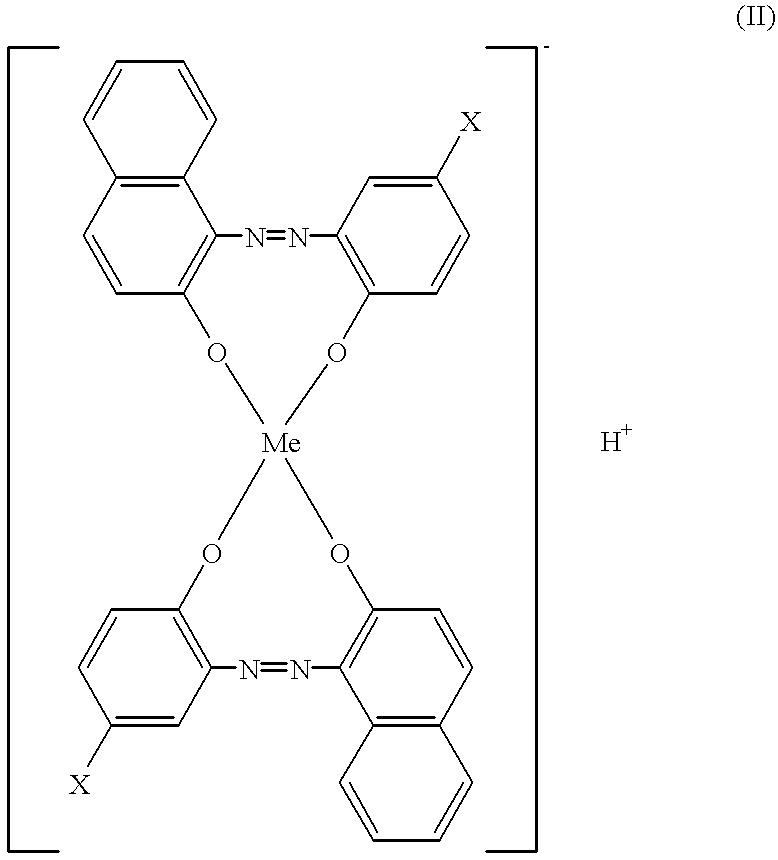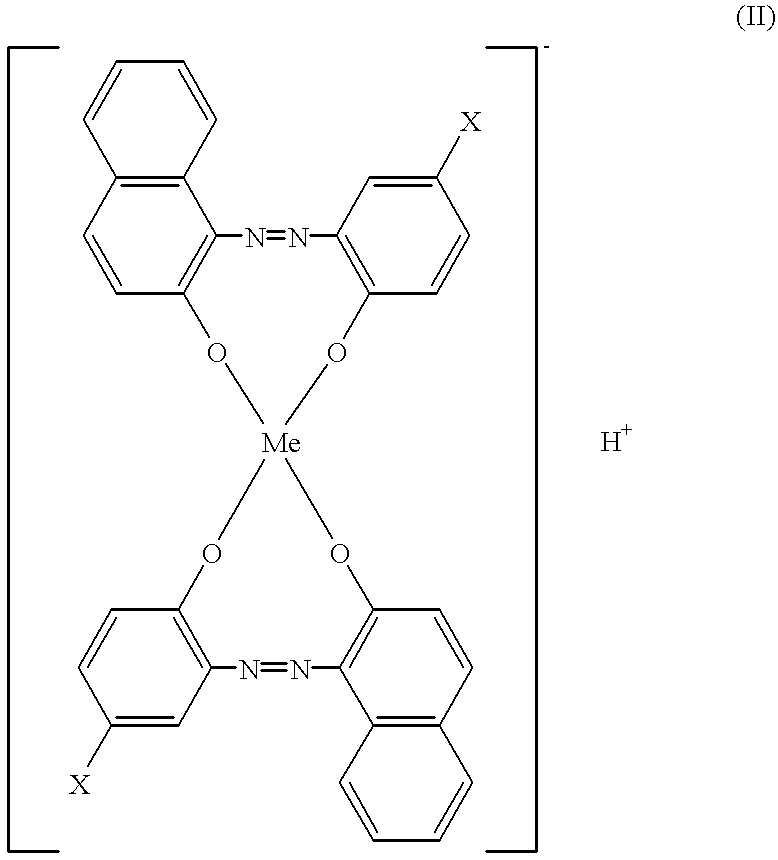Image-forming apparatus for use with negatively-charged toner and featuring a negatively-chargeable image-bearing member, and process cartridge using same
a technology of negative-charged toner and image-bearing parts, which is applied in the direction of electrographic processes, instruments, corona discharge, etc., can solve the problems of faulty image called toner spots around line images, increase in toner consumption, and dark and dull images
- Summary
- Abstract
- Description
- Claims
- Application Information
AI Technical Summary
Benefits of technology
Problems solved by technology
Method used
Image
Examples
example 2
In the contact developing system, since the photosensitive drum and the developing roller are rotated in contact with each other, the photosensitive drum surface may greatly be worn or scratched, compared with those in the non-contact developing system.
In the present Example, a photosensitive drum was used in which a protective layer was superposed on the charge transport layer so that the photosensitive drum was durable to wear and scratches occurring on the surface upon friction. As the toner, the toner (a) used in Example 1, having negatively chargeable properties, was used.
The protective layer serving as the surface layer of the photosensitive drum in the present Example was produced according to the following formulation.
100 parts by weight of antimony-containing fine tin oxide particles having an average particle diameter of 0.02 .mu.m, 100 parts by weight of a curable acrylic monomer, 0.1 part by weight of 2-methylthioxanthone as a photopolymerization initiator and 300 parts ...
example 3
is also described as a system in which the toner images are superimposed on the intermediate transfer belt 54 and then one time transferred to the transfer medium. The like effect is obtainable also when the toner images are directly sequentially superimposed on the transfer medium.
As multicolor, image-forming methods, a multicolor, image-forming method of what is called a tandem system is available in which a plurality of image-forming process units each internally provided with a photosensitive drum as the first image-bearing member. In this case, the construction described in Example 1 or in Example 2 is preferred.
example 4
In Example 4, the same image-forming apparatus as the image-forming apparatus used in Example 1 was used. As the photosensitive drum, a photosensitive drum A produced in the same manner as in Example 1 was used.
A negatively chargeable toner 10 used in Example 4 is described here. First, 100 parts by weight of polyester resin, 5 parts by weight of carbon black, 3 parts by weight of low-molecular-weight polyethylene and 2 parts by weight of a monoazo metal complex represented by the following Formula (II) were mixed using a Henschel mixer, and the mixture obtained was melt-kneaded by means of a twin-screw extruder. The resultant kneaded product was crushed by means of a hammer mill, and then the crushed product obtained was pulverized by means of a jet mill, further followed by air classification to obtain negatively chargeable toner particles with an average particle diameter of 7.5 .mu.m. This is designated as toner particles A.
To 100 parts by weight of the toner particles A thus ob...
PUM
| Property | Measurement | Unit |
|---|---|---|
| Electric potential / voltage | aaaaa | aaaaa |
| Electric potential / voltage | aaaaa | aaaaa |
| Surface potential | aaaaa | aaaaa |
Abstract
Description
Claims
Application Information
 Login to View More
Login to View More - R&D
- Intellectual Property
- Life Sciences
- Materials
- Tech Scout
- Unparalleled Data Quality
- Higher Quality Content
- 60% Fewer Hallucinations
Browse by: Latest US Patents, China's latest patents, Technical Efficacy Thesaurus, Application Domain, Technology Topic, Popular Technical Reports.
© 2025 PatSnap. All rights reserved.Legal|Privacy policy|Modern Slavery Act Transparency Statement|Sitemap|About US| Contact US: help@patsnap.com



